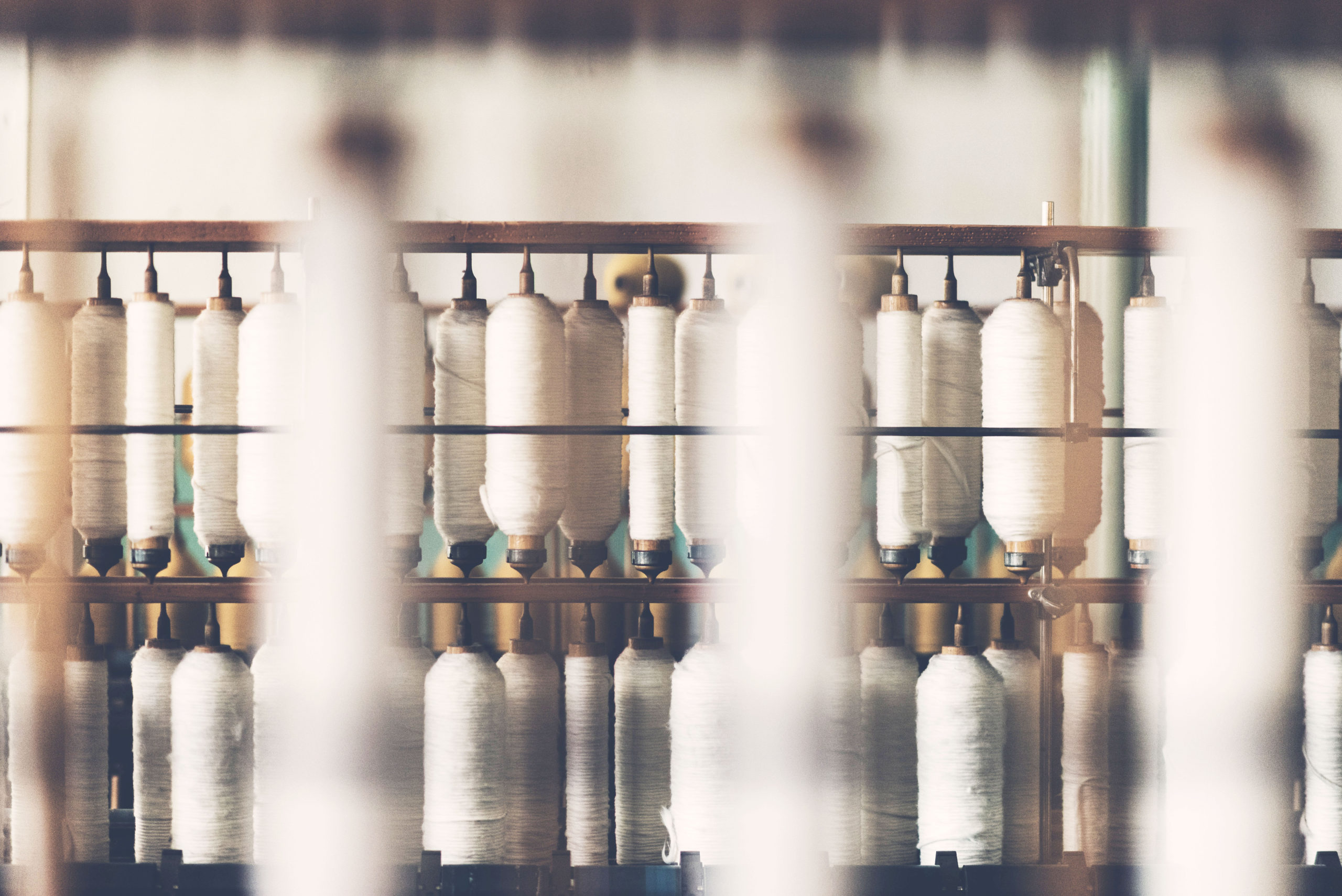Almost two years after the outbreak of a global pandemic, the fashion industry continues to experience the fragmentation of the rigid systems that set the pace and decisions of the textile sector until now. A global paradigm shift that has required a change in the mentality of the top managers of fashion brands. This change of context gives an opportunity to female talent that reaches senior positions with a clear commitment to sustainability. Take note of the challenges faced by the new CEOs of fashion companies.
Since 2020, the hierarchy of many fashion brands has undergone a complete shake-up. According to a Nextail report, just during the first year of the pandemic, the number of women holding a CEO position increased by 95%. As names to be highlighted, we find three women at the head of the largest global fashion groups. Marta Ortega at Inditex, Helena Helmersson at H&M and Sonia Syngal at Gap. The last two took their positions before Covid left its mark on the industry, but events in their brief role as CEOs have proven their resilience. Marta Ortega’s arrival at Inditex won’t take effect until next April, however, the challenge she will face has already aroused great curiosity in the sector.
Just during the first year of the pandemic, the number of women holding a CEO position increased by 95%.
But what do these women have in common with the rest of the executives that the industry has decided to turn to in recent years? The answer is simple, the challenges they face are part of a global context:
- Transformation and digital growth. While many fashion companies were already prioritizing digital transformation before the pandemic, disruptions and their effects on the supply chain have made it clear that the traditional retail approach is no longer enough. Physical store closures have forced brands to strengthen their alternative channels to meet customer demand, making omnichannel capabilities essential.
- Sustainability. It has become an essential requirement for any CEO of a textile company. As we mentioned in previous articles, sustainability is here to stay. Sourcing issues, collective and legislative pressure, in addition to the climate emergency, have highlighted the importance of embedding sustainability at the core of the fashion industry.
Leaders joining companies since the start of the pandemic have faced the ultimate challenge: running a company in the midst of an economic crisis, implementing tough decisions, new work models, and often having to proceed in survival mode for months. Despite this, long-term goals such as digitization and sustainability have prevailed.
Before reaching her position as CEO, Helena Helmersson had been responsible for sustainability at the H&M group for eight years. Choosing her has been a statement of intent from the textile giant. “We must change the system behind fashion. It’s complicated, but it’s not quantum physics. In the end, it is about ensuring our growth in the medium and long term. We have to evolve our business model because, if not, it will no longer be sustainable”, says Helena Helmersson in reference to the company’s challenges.
For Marta Ortega, the guidelines are set by her predecessor. Inditex has made it clear that it’s great commitment for the coming years is focused on sustainability and digital transformation. Intentions that at the moment are part of a plan for the future and whose responsibility for executing it will fall on the generational replacement starring Marta Ortega.
But, how is the feminine entrepreneurial vision related to sustainability? The recent presence of women in senior positions in the fashion industry is seen by many as a strategic move for these companies that want to focus their efforts on long-term transformation goals.
A 2018 study by the China College of Economics found that female executives invest more in sustainability processes than male executives due to women’s inherent sense of social responsibility. A conclusion that coexists with the theory of feminist ethics, which suggests that faced with serious environmental problems, women are more likely to make decisions that differ from conventional male behavior.
“It is about moving from an exclusive mindset that is primarily focused on financial goals to an inclusive mindset, focused on people, planet and collective benefit. Integrating the needs of all stakeholders and collaborating are skills often very evident in female leadership and crucial to building sustainable businesses and brands.”
Daniela Ott, former COO Kering Luxury Divison
There is still a lot of work to be done in terms of diversity and inclusion in the fashion industry. The growing representation of women in top leadership positions is a breath of fresh air for a sector that needs to regenerate from inside. Which is positive, not only for gender equality, but also for companies seeking to improve their commitment to sustainability.
The breaking of old patterns makes room for new leading figures with new work formulas. BCOME’s team is mainly made up of female talent with a disruptive vision of the established patterns in the fashion industry, an approach focused on innovation and the mission of finding solutions that allow brands like yours to move towards sustainability. Let’s create change together!








